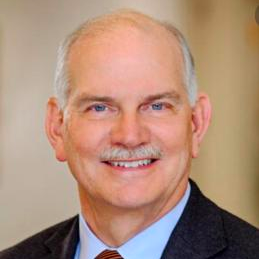Wireless Networks: Information Theoretic Perspectives
A special issue of Entropy (ISSN 1099-4300). This special issue belongs to the section "Information Theory, Probability and Statistics".
Deadline for manuscript submissions: closed (30 September 2020) | Viewed by 22310
Special Issue Editors
Interests: information theory; statistical signal processing; stochastic analysis
Special Issues, Collections and Topics in MDPI journals
Interests: multi-user information theory and estimation theory and their applications in wireless networks
Special Issues, Collections and Topics in MDPI journals
Special Issue Information
Dear Colleagues,
Network information theory is a framework for studying performance limits in communications over networks; as such, it is expected to continue to play an essential role in the future development of wireless networks, including 5G and beyond. This Special Issue aims to bring together the body of recent results in network information theory, in order to bolster its value and emphasize the importance it continues to play in the development of wireless communications. Previously unpublished contributions in the intersection networks information theory and wireless networks are solicited, including (but not limited to) the following:
- Emerging information theoretic models for wireless communications;
- Gaussian networks;
- Capacity scaling laws;
- Massive networks;
- Random access;
- Interference mitigation schemes;
- Relaying techniques;
- MIMO channels;
- Massive MIMO;
- Low latency communications;
- Secure and private communications;
- Low power communications;
- Code design for networks;
- Interactive communications and feedback;
- Communication under channel uncertainty;
- Mismatched network capacity;
- Cloud and fog radio access networks.
All submitted manuscripts will be peer-reviewed, and accepted papers will be available via open access.
Prof. Dr. H. Vincent Poor
Dr. Alex Dytso
Guest Editors
Manuscript Submission Information
Manuscripts should be submitted online at www.mdpi.com by registering and logging in to this website. Once you are registered, click here to go to the submission form. Manuscripts can be submitted until the deadline. All submissions that pass pre-check are peer-reviewed. Accepted papers will be published continuously in the journal (as soon as accepted) and will be listed together on the special issue website. Research articles, review articles as well as short communications are invited. For planned papers, a title and short abstract (about 100 words) can be sent to the Editorial Office for announcement on this website.
Submitted manuscripts should not have been published previously, nor be under consideration for publication elsewhere (except conference proceedings papers). All manuscripts are thoroughly refereed through a single-blind peer-review process. A guide for authors and other relevant information for submission of manuscripts is available on the Instructions for Authors page. Entropy is an international peer-reviewed open access monthly journal published by MDPI.
Please visit the Instructions for Authors page before submitting a manuscript. The Article Processing Charge (APC) for publication in this open access journal is 2600 CHF (Swiss Francs). Submitted papers should be well formatted and use good English. Authors may use MDPI's English editing service prior to publication or during author revisions.
Related Special Issue
- Wireless Networks: Information Theoretic Perspectives III in Entropy (3 articles)







